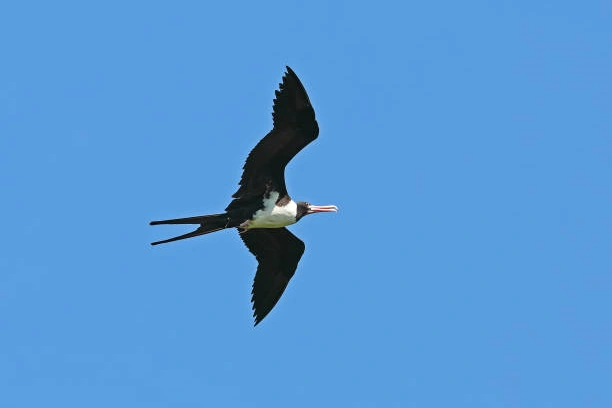Contents
- 1 Kakapo (Strigops habroptilus)
- 2 Endangered Exotic Birds
- 3 Spoon-billed Sandpiper (Calidris pygmaea)
- 4 California Condor (Gymnogyps californianus)
- 5 Philippine Eagle (Pithecophaga jefferyi)
- 6 Yellow-eyed Penguin (Megadyptes antipodes)
- 7 Forest Owlet (Heteroglaux blewitti)
- 8 Hyacinth Macaw (Anodorhynchus hyacinthinus)
- 9 Javan Hawk-Eagle (Nisaetus bartelsi)
- 10 Spix’s Macaw (Cyanopsitta spixii)
- 11 Christmas Island Frigatebird (Fregata andrewsi)
Kakapo (Strigops habroptilus)
- Status: Critically Endangered
- Location: New Zealand
Endangered Exotic Birds
The Kakapo, or “owl parrot,” is a unique, flightless bird native to New Zealand. As one of the world’s rarest and heaviest parrots, it is known for its green, mossy feathers and nocturnal habits. With only about 200 individuals left, the Kakapo faces severe threats from habitat destruction and introduced predators like cats and rats. Conservation efforts focus on closely monitoring and breeding these birds on predator-free islands. Despite their endangered status, Kakapos are known for their playful personalities and booming mating calls, making them one of the most charismatic species in the avian world.
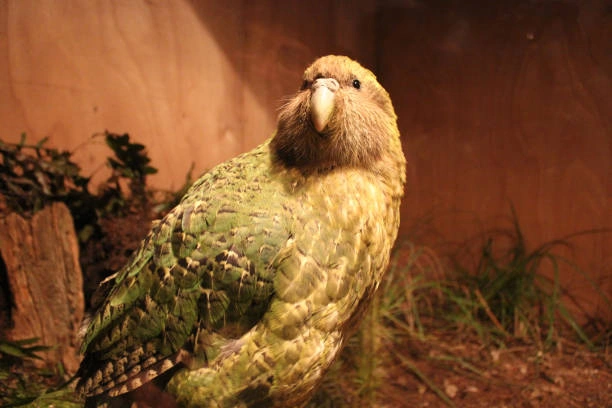
Spoon-billed Sandpiper (Calidris pygmaea)
- Status: Critically Endangered
- Location: Eastern Russia, Southeast Asia
The Spoon-billed Sandpiper is a small, critically endangered shorebird named for its distinctive spoon-shaped bill. Found in Eastern Russia during breeding season, it migrates to Southeast Asia for the winter. With only an estimated 240 to 456 breeding pairs left, this bird faces threats from habitat loss along its migratory routes, climate change, and hunting. The Spoon-billed Sandpiper’s unique appearance and behavior have made it a focus of international conservation efforts, aiming to protect its breeding and feeding grounds and mitigate threats along its extensive migratory path.
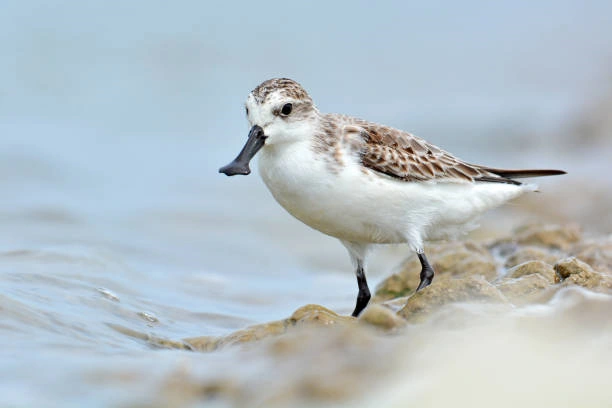
California Condor (Gymnogyps californianus)
- Status: Critically Endangered
- Location: Western United States
The California Condor, North America’s largest land bird, is a critically endangered species with a wingspan of up to 10 feet. Once on the brink of extinction in the 1980s, with only 27 individuals remaining, intensive conservation efforts have brought their numbers up to around 500 today. These majestic scavengers face threats from lead poisoning, habitat loss, and micro-trash ingestion. Found in the western United States, including parts of California, Arizona, and Utah, the California Condor remains a symbol of successful conservation, yet it continues to require human intervention for survival.
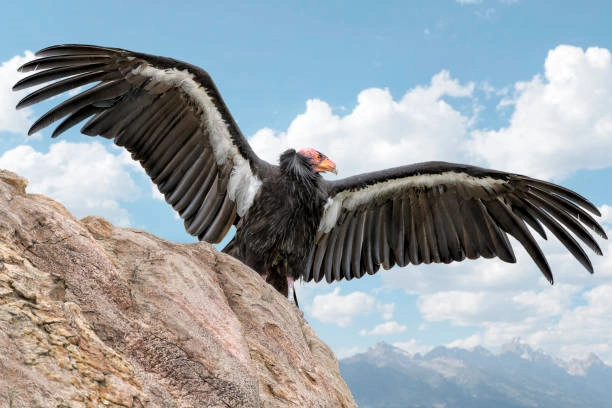
Philippine Eagle (Pithecophaga jefferyi)
- Status: Critically Endangered
- Location: Philippines
The Philippine Eagle, also known as the “Monkey-eating Eagle,” is the national bird of the Philippines and one of the world’s largest and rarest raptors. With a wingspan of up to 7 feet and an impressive, regal crest, this critically endangered species is found only in the forests of the Philippines. An estimated 400 pairs remain, primarily threatened by deforestation, hunting, and habitat destruction due to logging and agricultural expansion. Conservation programs focus on habitat protection, breeding programs, and raising awareness to prevent further decline of this magnificent predator.
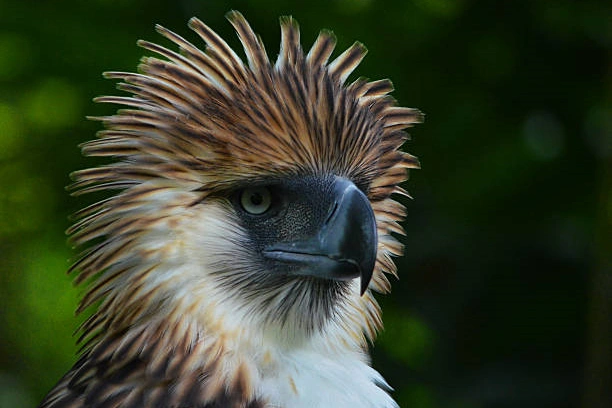
Yellow-eyed Penguin (Megadyptes antipodes)
- Status: Endangered
- Location: New Zealand
The Yellow-eyed Penguin, or “Hoiho,” is one of the rarest penguin species in the world, native to New Zealand. Distinguished by their pale yellow eyes and yellow feather bands across their heads, fewer than 4,000 individuals are left in the wild. This endangered species faces threats from habitat destruction, introduced predators, disease, and human disturbance. The penguin’s preference for nesting in coastal forests and scrub makes it particularly vulnerable to land-use changes. Conservation efforts focus on habitat restoration, predator control, and minimizing human interference to safeguard its future.
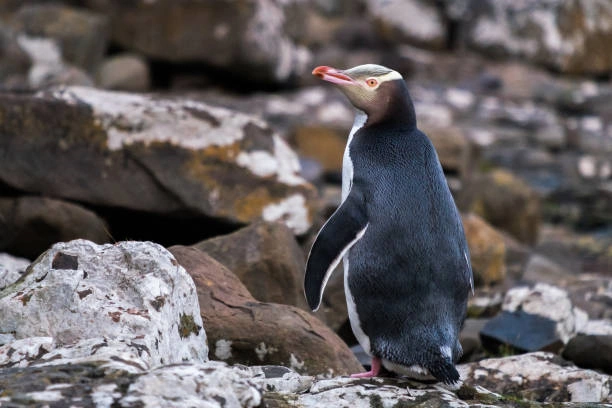
Forest Owlet (Heteroglaux blewitti)
- Status: Critically Endangered
- Location: India
The Forest Owlet is a small, critically endangered owl native to central India, rediscovered in 1997 after being thought extinct for over a century. With fewer than 250 mature individuals left, this elusive bird faces severe threats from habitat destruction due to logging and agricultural expansion. The Forest Owlet prefers dense forests and is highly specialized, which makes it particularly vulnerable to habitat changes. Conservation efforts are concentrated on protecting its remaining habitats and studying its ecology and behavior to better understand its needs and threats.
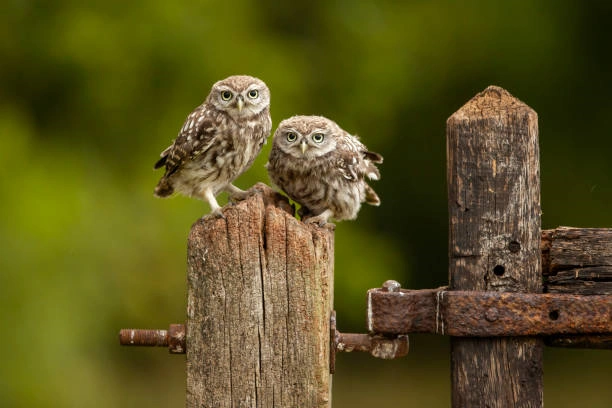
Hyacinth Macaw (Anodorhynchus hyacinthinus)
- Status: Vulnerable
- Location: South America (Brazil, Paraguay, Bolivia)
The Hyacinth Macaw, the largest species of parrot, is known for its striking cobalt-blue plumage and gentle temperament. Native to the forests and savannas of South America, particularly Brazil, Paraguay, and Bolivia, this vulnerable species faces threats from illegal pet trade, habitat loss, and hunting. Although conservation efforts have improved its status, with fewer than 5,000 individuals remaining in the wild, the Hyacinth Macaw continues to require focused efforts to protect its habitat and regulate the pet trade to ensure its survival.

Javan Hawk-Eagle (Nisaetus bartelsi)
- Status: Endangered
- Location: Java, Indonesia
The Javan Hawk-Eagle, Indonesia’s national bird, is a striking raptor with a distinctive crest and vibrant plumage. Endemic to the island of Java, fewer than 600 mature individuals remain in the wild. The species is threatened by rapid deforestation, hunting, and illegal wildlife trade. Conservation efforts focus on protecting its dwindling habitat, preventing poaching, and educating local communities about the importance of this symbolic bird. The Javan Hawk-Eagle’s survival depends on maintaining the fragile ecosystems of Java’s remaining forests.
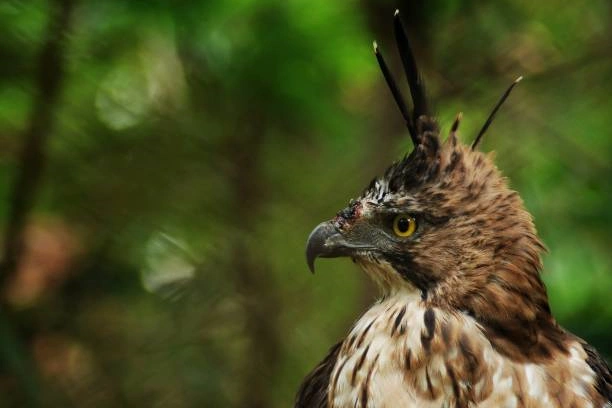
Spix’s Macaw (Cyanopsitta spixii)
- Status: Extinct in the Wild (with reintroduction efforts)
- Location: Brazil
The Spix’s Macaw, a vibrant blue parrot native to Brazil, was declared extinct in the wild in 2000 due to habitat loss and trapping for the pet trade. With fewer than 180 individuals remaining in captivity, intensive breeding programs aim to reintroduce this critically endangered species back into the wild. The Spix’s Macaw gained international fame through the animated film Rio, drawing attention to its plight and efforts to save it from total extinction. Conservationists are working diligently to restore its natural habitat and prepare for its eventual return to the wild.
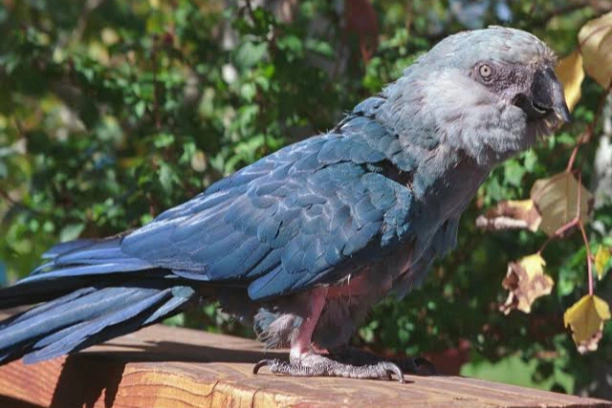
Christmas Island Frigatebird (Fregata andrewsi)
- Status: Critically Endangered
- Location: Christmas Island, Indian Ocean
The Christmas Island Frigatebird is a critically endangered seabird that breeds exclusively on Christmas Island in the Indian Ocean. With an estimated 2,400 to 4,800 mature individuals, it faces threats from habitat destruction, invasive species, and human disturbance. Known for its impressive aerial skills and distinctive long wings and forked tail, the Christmas Island Frigatebird is highly vulnerable due to its limited breeding range. Conservation efforts focus on protecting its habitat and reducing threats from human activities to ensure this species’ continued survival.
